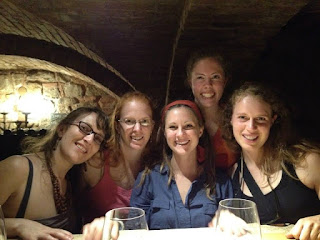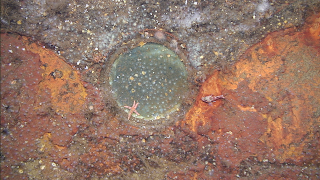Feels like home
This past Thursday was Thanksgiving in the United States, so I drove north to spend the holiday with friends. I've known the Hansens since they first moved to the coast and attended my church in Coos Bay, and they've since become my surrogate Oregon family. I spent the day alternating between adult conversation and playing with the kids - an intelligent but shy 8-year-old and a chatterbox toddler. We played violin duets. We played Monopoly . We played "Chase the Squealing Child and Pretend You're Too Slow to Catch Him." I wasn't the only Thanksgiving guest, so I also got to know some new friends. Another family that attends the Hansens' church, one of Lee's colleagues. Remarkably, we all fit around the same table, even the kids, and it was a great time to share food, share love, share our lives. I'm thankful for the Hansens and for the community they're at the center of. They make Oregon feel like home.

